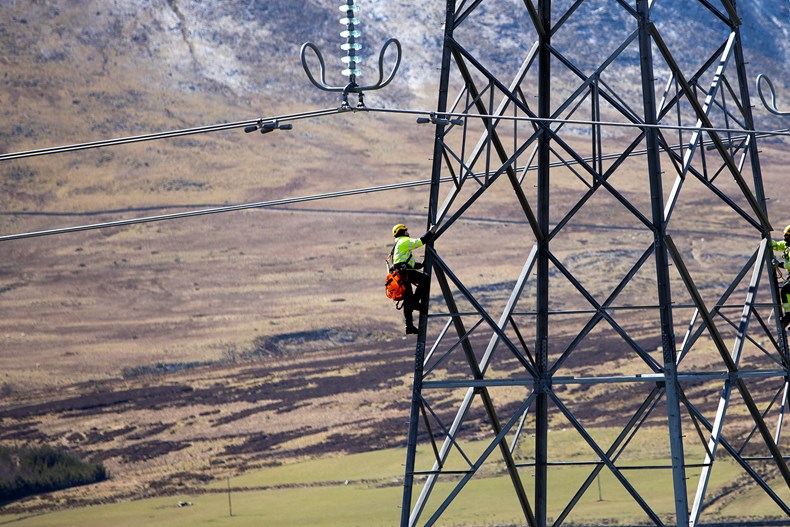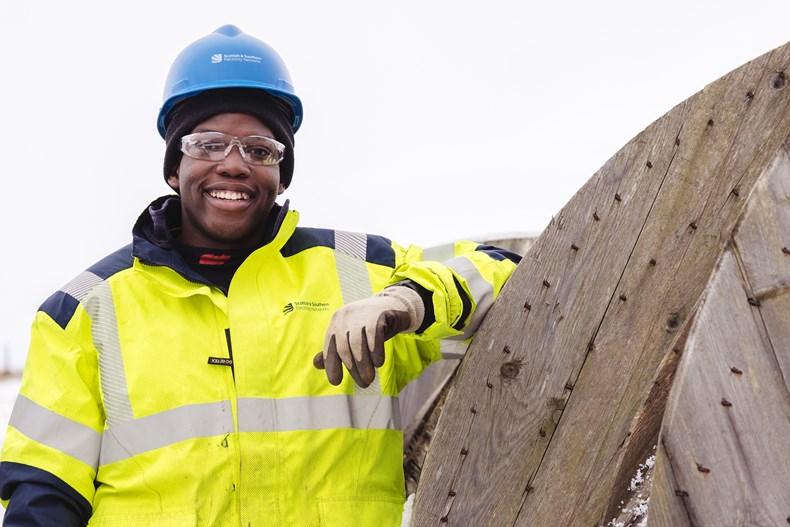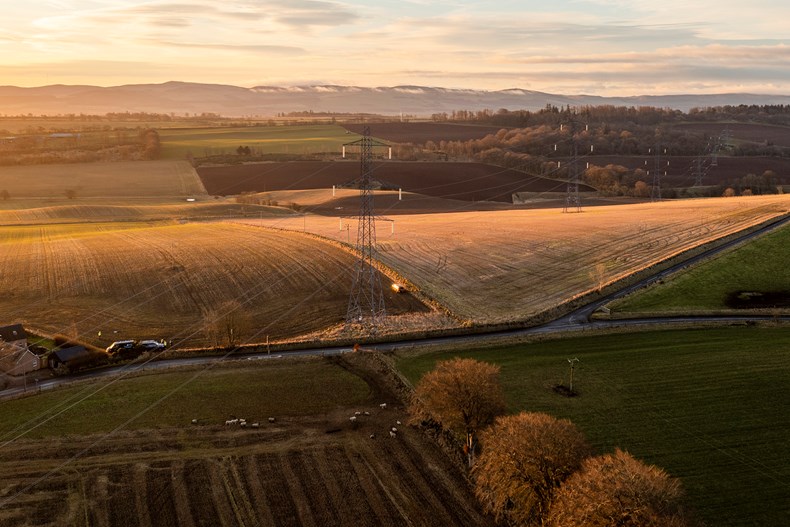
Scotland is home to some of the world’s greatest sources of renewable energy – it’s famously wet and windy weather has long played a leading role in powering our lives.
Built on a legacy of hydro power, it’s been 80 years since the revolutionary Hydro Electric Development (Scotland) Act was passed, under the visionary leadership of the then Secretary of State for Scotland, Tom Johnson, which first brought power to the people of the Highlands and Islands.
Fast forward to today and the north of Scotland is again set to play a leading role in the modern-day energy transition, tackling the climate crisis and delivering the UK and Scottish Government’s net zero and renewable power targets, as well as delivering energy security.
And this work really matters.
One of the UK Government’s responses to the events in Russia and Ukraine has been to reduce dependence on - and price exposure to - volatile global energy markets by accelerating the deployment of homegrown and affordable low-carbon power.
Scotland is home to most, if not all, of these sources of power – from established technologies such as hydro generation, solar power, onshore and offshore wind; to emerging technologies like tidal and wave energy – and that means that Scotland’s electricity grid is the key enabler to connecting this power and transporting it to homes and businesses across the country and beyond.
Last year, the GB Electricity System Operator published its blueprint a programme of major investments in the new electricity transmission network reinforcements that are required to meet Government targets. And that includes several new reinforcements across the north of Scotland, both on and offshore.
And as well as addressing the climate emergency and energy security crisis, network investment like this will help to turbo-charge the economy, supporting tens of thousands of jobs and delivering billions of economic value across the country.

We do recognise, however, that although national infrastructure projects like this are critical, they will, of course, have a local impact.
Overhead transmission lines can be over 50m in height and substations and convertor stations can leave a significant footprint on the land. That’s why we consult heavily with communities, at every stage of development, to help us identify suitable locations for our infrastructure as responsibly and efficiently as we can. It’s crucial that we get this right and that communities’ views are heard and factored into our plans, alongside key technical, environmental and safety considerations.
As an example of that, we have recently finished eight weeks of extensive consultation with stakeholders on our first stage proposals to develop a new overhead line between Spittal in Caithness, to Loch Buidhe and then on to Beauly near Inverness, with new substations at each of these locations. The feedback we have received is absolutely vital in helping us to fully understand the concerns of the impacted communities, at this early stage of development.
And last week we kicked-off another round of public consultation events on plans to develop a new overhead line from Beauly, to Blackhillock, then to New Deer and finally to Peterhead – and from there we’ll develop two subsea links to England and one to transport largely offshore wind from Spittal in Caithness.
More community consultation will come later this year and next, on these projects and others, including connections to Orkney and the Western Isles, all of which is needed to meet the Government’s 2030 targets.

"I want to thank everyone who has given us their feedback so far - and assure you that at SSEN Transmission we fully recognise the strength of feeling amongst some local communities. We are listening and we’re actively exploring alternative overhead line routes and substation locations in direct response to your feedback."
Rob McDonald Managing Director, SSEN Transmission
We’re committed to doing what we can to minimise and mitigate the impact associated with all of these projects, but we also need to confront the fact that some visual and landscape impacts will be unavoidable. As with any transformation of the scale and pace of the energy transition, there will be balances and trade-offs, and we need to weigh these sensitively.
But ultimately, if we really want to deliver net zero, this infrastructure is essential. The challenge is delivering it in a way that works for everyone.
History tells us that the hydro-electric energy revolution wasn’t without its challenges. But when we look back at what was delivered, not only was it a feat of engineering that still impresses to this day, it also transformed the lives of people across the country. And we’re committed to making sure that today’s modern-day revolution builds on the legacy of Tom Johnson, by tackling the climate emergency, securing our future energy independence and supporting local and national economies, positively, and transforming the lives of current and future generations.



